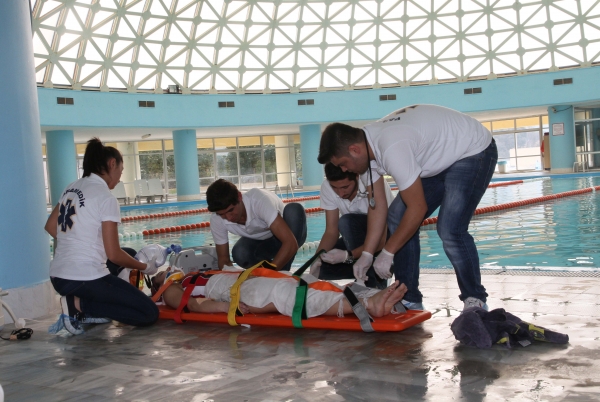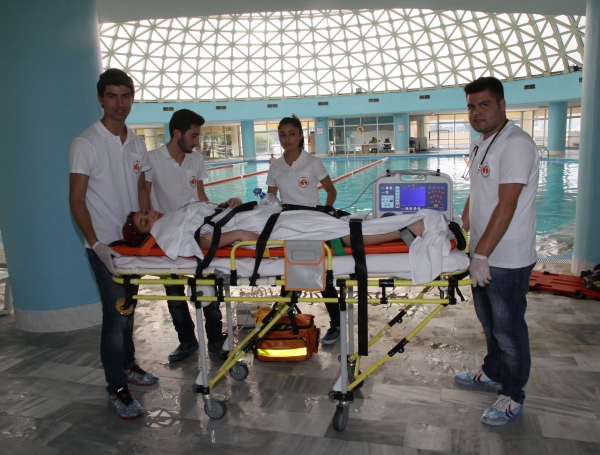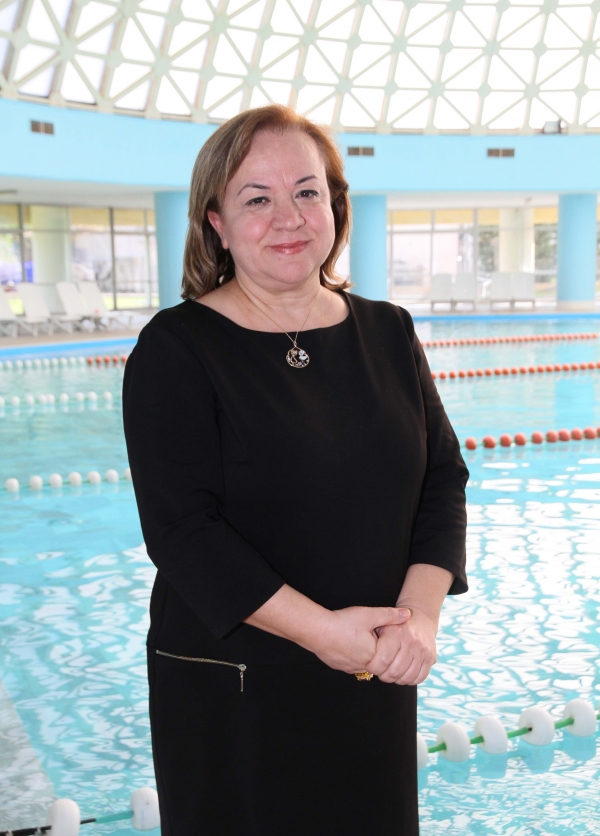WATCH OUT FOR DROWNING FIRST-AID!

It has been reported that 500 people on an average drowned in Turkey, and due to increased interest in seas and pools, people who received lifeguard training should be assigned in such places.
Nursun Üstünkarlı, Lecturer at IUE Vocational School of Health Sciences, Paramedic Program, pointed out that people’s interest in seas, pools, etc. increased with the intention of getting cool during summer months. Üstünkarlı indicated that due to lack of well-trained lifeguards, and people who are not good at swimming, death rate caused by drowning increased. She said, “When drowning begins, the larynx (an air passage) closes involuntarily, preventing both air and water from entering the lungs. However, later on, due to unconsciousness, the larynx relaxes allowing water to enter the lungs, which may result in death.
What to Do When Someone is drowning?
Üstünkarlı pointed that the victim, when you get them on solid ground, should be dried in order to prevent hypothermia. In the case of an unconscious victim, you should try to get the water out of the lungs or stomach. Üstünkarlı said, “If the victim is wheezing, if there is cyanosis, the victims needs help in get the water out of the larynx and lungs. If the patient is unconscious, and if there is no pulse, someone expert in first aid needs to start CPR, and call 112 for help.”
Victim and Saver
Üstünkarlı stated that they trained the future paramedics in the Paramedic programs and she made the following recommendations to help a drowning victim:
“The victim calls out for help and bobs vertically, and fails to remain on water. 112 should be called immediately. If possible and safe, someone should swim to the victim. The lifesaver should take precautions not to put their life in danger. They should look for a rope, boat, buoy before they jump into the water. The saver should be a good swimmer and a strong person. They should wear a life jacket and approach the victim from behind calmly; otherwise the victim may panic and take you under with them. Turn them over; put your arm around one side of their neck, across their chest, and under the opposite arm to get them out of water. Only trained people should help.”


















